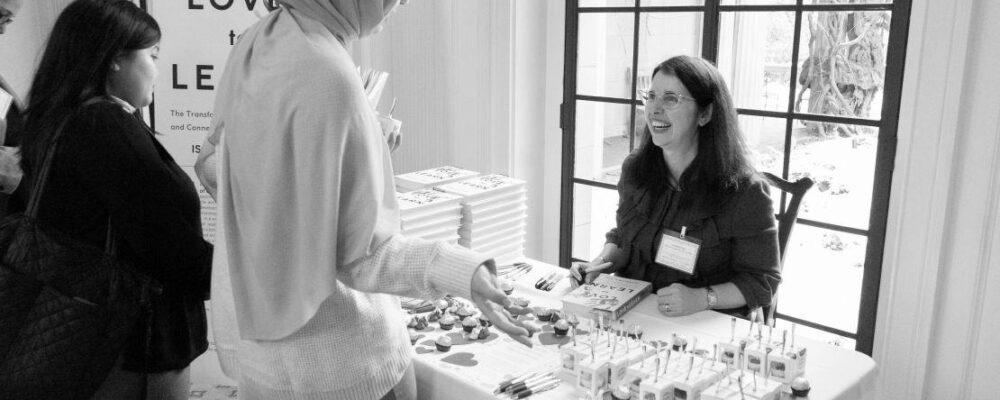In the “Research Matters” series, we visit labs across campus to hear directly from Stanford scientists about what they’re working on, how it could advance human health and well-being, and why universities are critical players in the nation’s innovation ecosystem. The following are the researchers’ own words, edited and condensed for clarity.
Chronic organ failure is a major cause of death – around 500,000 people are diagnosed with heart failure every year in the U.S. And yet, only a few thousand heart transplants are performed annually. Most people just aren’t good candidates because of their age or condition and the scarcity of donor organs.
At Stanford, I’ve spent the last five years pursuing a science fiction dream: What if we could 3D print new hearts and other organs on demand, using cells from a patient’s own body? How do we take a few cells in a petri dish and turn them into a kilogram of tissue that you can watch with your own eyes beating?
There’s a lot of very hard challenges associated with scaling-up in biology. How do you make billions of cells affordably, reliably, and reproducibly? How do you print them quickly, mature them, let them thrive? We have to vascularize and feed the cells, put blood vessels into the tissues, so we can provide them the oxygen and nutrients they need to survive.
In three and a half years, my lab plans to have a 3D-printed human organ inside a pig model. We hope that large animal study becomes a springboard to then lay out the milestones needed for a first in-human trial. That will likely be more than a decade away. There’s a lot of work to be done, but there are real forward steps that we’re taking.
The dream outcome is that we get a bioprinted heart in a human. With xenotransplants from pigs, you still need to be on a very high dose of immunosuppressants, and even then, it usually gets rejected after a month or two. Our goal would be to make your own heart, made of your own cells, on demand, with no need for immunosuppression. It really is the holy grail of what I think curative medicine ought to move towards: You’ve got a failing organ? Here’s a new one.
I present this work to venture capitalists sometimes, and I talk to business people, and the response I get is that we’re being too ambitious. And to me, that means we’re doing academia right.
I present this work to venture capitalists sometimes, and I talk to business people, and the response I get is that we’re being too ambitious. And to me, that means we’re doing academia right.”
The private sector will fund what it’s willing to, which is five or 10 years in the future. When you’re really trying to do something different, train up a new workforce with a new set of skills, create new paradigms, that’s the role of academia. That’s our job. And it’s a privilege and an extremely exciting place to work. I just love my job, and I’m very grateful for the opportunity to take a problem that is impossible and make it not quite impossible.
“Stanford University, officially Leland Stanford Junior University, is a private research university in Stanford, California. The campus occupies 8,180 acres, among the largest in the United States, and enrols over 17,000 students.”
Please visit the firm link to site






